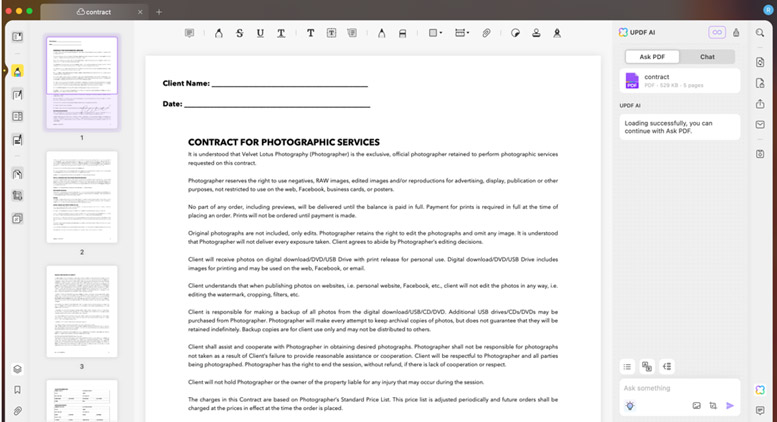
Chronic slip syndrome
What level of oversight and control produces the best R&D results?
My series of columns has discussed how the CTO balances each of the key R&D factors comprising strategic technology management. In the last column in this series, we detailed the use of strategic acquisitions to balance the mix of internal core competencies with commodity skills acquired from external suppliers (see ” Strategic acquisitions: Looking beyond make-or-buy options “).

This month we look into a fairly common pitfall for R&D programs: CSS (Chronic Slip Syndrome). CSS achieves syndrome status because it afflicts the majority of programs, large and small, that focus on developing complex and innovative technical systems. Typically, cost- and schedule-forecasts for innovative products are far too optimistic and the project takes longer than planned to meet all of the requirements.
The syndrome has been recognized and characterized for years. Rand, a Santa Monica, Calif.-based think tank, did a study on the outcomes of billion-dollar megaprojects, evaluating 52 civil science programs in detail, ranging from hydroelectric plants to transportation programs and nuclear power plants. The average development program exceeded by 88 percent the original cost estimates and by 17 percent the schedule forecasts that were provided to decision-makers at the time they committed to full-scale development.
Ongoing programs validate the Rand findings, including one at the National Ignition Facility (NIF), where the world’s most powerful laser is being developed at Lawrence Livermore National Laboratory. NIF now appears to be getting on track and focusing on completion, after incurring overruns that doubled the program cost to about $4 billion. Similarly, the International Space Station has escalated dramatically in cost as the architecture grew dramatically during the past 15 years. Comparable cost- and schedule-estimating errors occur regularly in smaller programs and projects, but the overruns are proportionately small and often escape attention.
Product teams that must depend on firm deliveries of the technology products will typically demand tight monitoring and oversight of R&D projects that they rely on. Similarly, the providers of company investment capital will clamor for detailed financial reporting data on R&D projects that they fund. They are concerned with bang-for-the-buck in the form of time-phased technical discriminators. The financial management approach typically utilizes an EVMS (Earned Value Management System) to report cost and status for each work package.
Technical staffers invariably find such financial and programmatic oversight to be excessive for an R&D project. Inventors feel that the process of innovation is stifled by oversight, and that their overhead — the time spent using EVMS to plan and report their status — is a “tax” on their productive resources. Alternately, company management sees these projects as relatively low-risk opportunities for training and testing IPTs (integrated product teams) in product development techniques including EVMS. The CTO strives to balance these needs by imposing an intermediate level of EVMS control on R&D projects to ensure that the entire IPT is familiarized with the accounting systems used in an actual production environment. The IPT can also serve as beta testers to establish cost and cycle-time benchmarks for enhancements to EVMS or for upgraded design tools.
The Rand conclusions have been further validated over time and across a range of high-tech industries. Delays and overruns were attributed to two primary sources: concurrent technology development and ineffective system integration. Concurrent technology development becomes necessary when a commitment is made to develop and deliver a new product before the required technologies have actually matured. Similarly, even if the elements of a system are well-understood, system integration problems occur when we don’t fully understand how a series of complex and innovative system elements will interact with one another.




